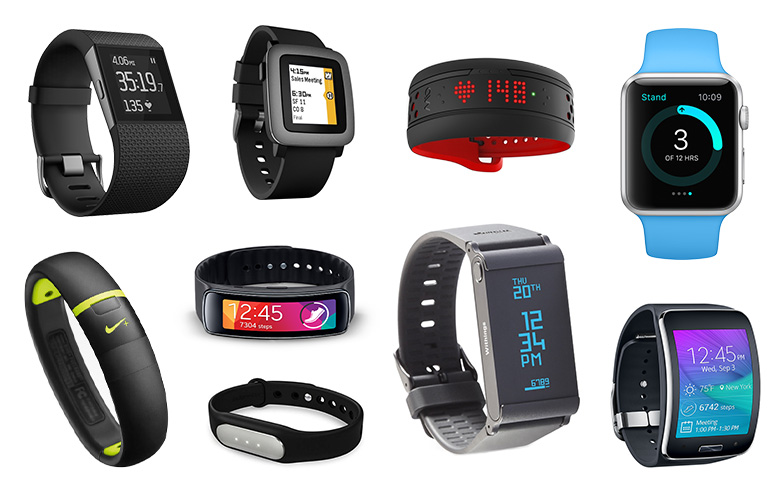How wearables are changing the ways we interact with each other

With mobile technology solidifying its place in the lives of consumers, the wearable revolution is next. Wearables are popping up in multiple forms and becoming an integral part of our daily activities, impacting everything from our health, entertainment to work and social communications. Most significantly, they are changing the ways we interact with others.
Instant Connectivity
Forget checking the iPhone, social media can now lie right on your wrist with emerging wearables like the Apple Watch. Not only do these smartwatches make access to breaking news on Twitter quicker than ever before and provide real-time Facebook notification of who’s commented on your profile pic, they also let you instantly react and connect to others. Plus, network providers like T-Mobile are encouraging people to practice these instant communications even more by offering unlimited data plans that allow for the continuous connection.
Wearables are also paving way for a new kind of community connection. Wearable fitness trackers such as Fitbit’s have created a better way to exercise, and that’s with the support of others. Fitbit’s motivate people by leveraging friendly competition—by recording progress and sharing that progress with others trying to get fit, a sense of encouragement is established, and we gain confidence in reaching our goals.
Efficient Communications
 As the world continues to mobilize, efficient, on-the-go communications are becoming crucial. With wearables housing smaller screen sizes, communications have to be more concise and visual. Furthermore, many of these smart accessories can function on voice command which thus is making for more conversational and informal interactions to occur. Business communications are also being optimized with wearable technology. Meeting reminders, emails, access to the internet—it’s all included in these wearables to help business flow with ease. Additionally, the way businesses can interact with customers are also getting an upgrade. Apps like Apple Pay on the Apple Watch have changed the shopping experience—customers charge purchases by simply tapping the wrist to the credit card machine, mitigating the reach for the physical wallet or rummage through the purse.
As the world continues to mobilize, efficient, on-the-go communications are becoming crucial. With wearables housing smaller screen sizes, communications have to be more concise and visual. Furthermore, many of these smart accessories can function on voice command which thus is making for more conversational and informal interactions to occur. Business communications are also being optimized with wearable technology. Meeting reminders, emails, access to the internet—it’s all included in these wearables to help business flow with ease. Additionally, the way businesses can interact with customers are also getting an upgrade. Apps like Apple Pay on the Apple Watch have changed the shopping experience—customers charge purchases by simply tapping the wrist to the credit card machine, mitigating the reach for the physical wallet or rummage through the purse.
Entertainment and Fashion
Wearable virtual reality technology has also changed the way we interact with others. The Gear VR headset immerses users in an augmented reality, one where they can connect with others across the globe. We’re also starting to wear these smart accessories as a fashion statement. Smart jewelry like the Swarovski Shine collection not only tracks daily activity, but also builds the image a person wants to communicate to the rest of the world.
Marketing and Branding
These wearables are also changing the way brands and marketers connect with us. From knowing where we go due to built-in GPS to Google search history, an exponential amount of user behavior data can be collected with wearables. Brands are capitalizing on this data to personalize their messages and the experiences they provide to consumers. Ads are more targeted and relevant to wearable users which is ultimately improving their interaction with brands. Fitness apps are able to cater tips to individuals based on the data recorded in smart clothes, smart watches and fitness trackers—allowing for yet another way for a brand to improve an experience through personalization. In return, consumers grow a dependency on these brands and integrate them into their lives even further.
We’re all beginning to communicate with each other and the world a lot differently thanks to wearables. They are facilitating instantaneous connection whether it’s for business or pleasure, along with quicker, shorter more visual communications. Personalization is also a rising theme with the technology. The wearable revolution has only just begun and our interactions are evolving with the movement.

